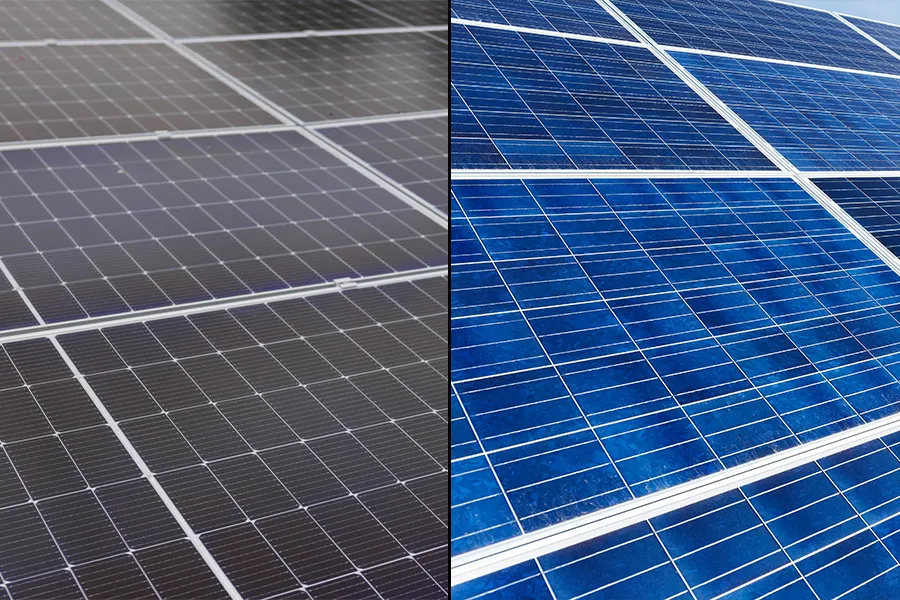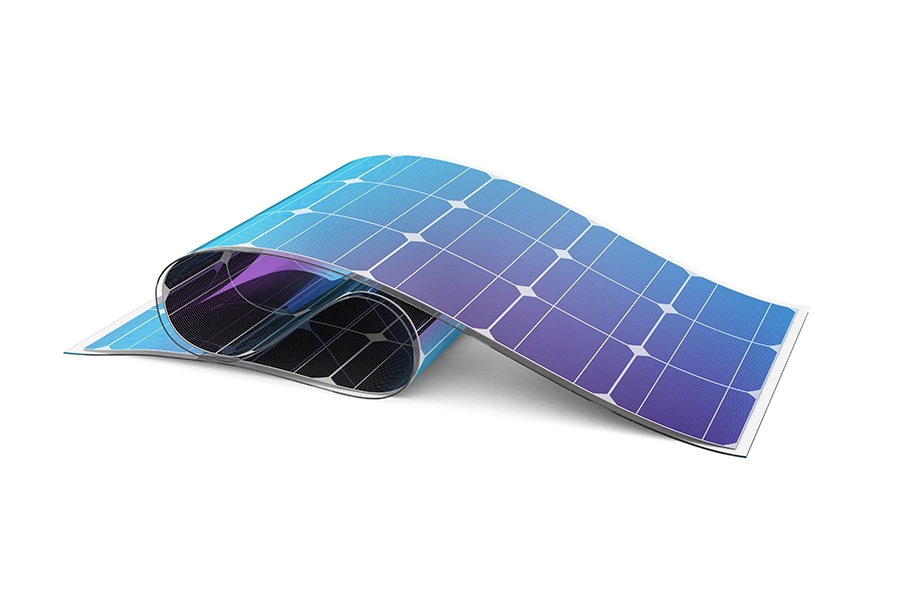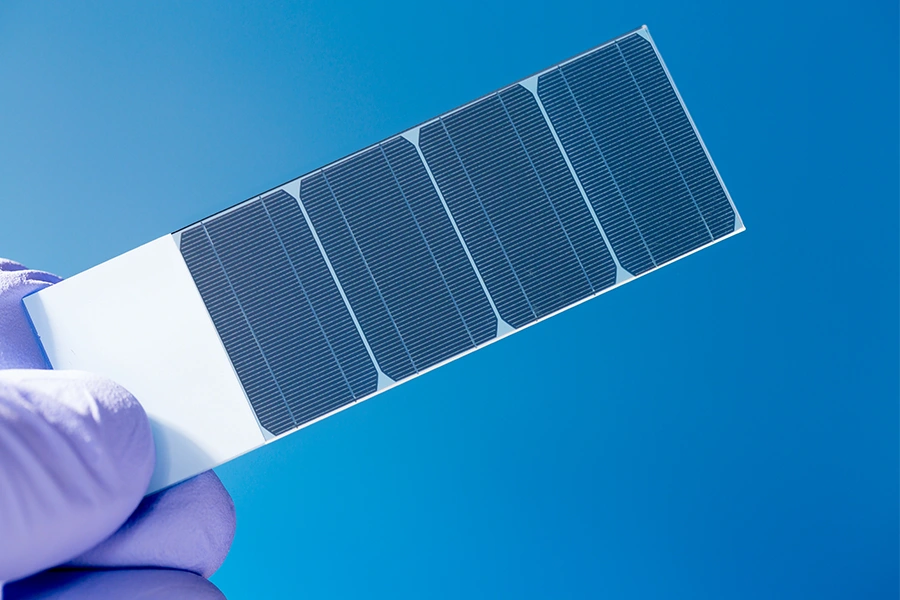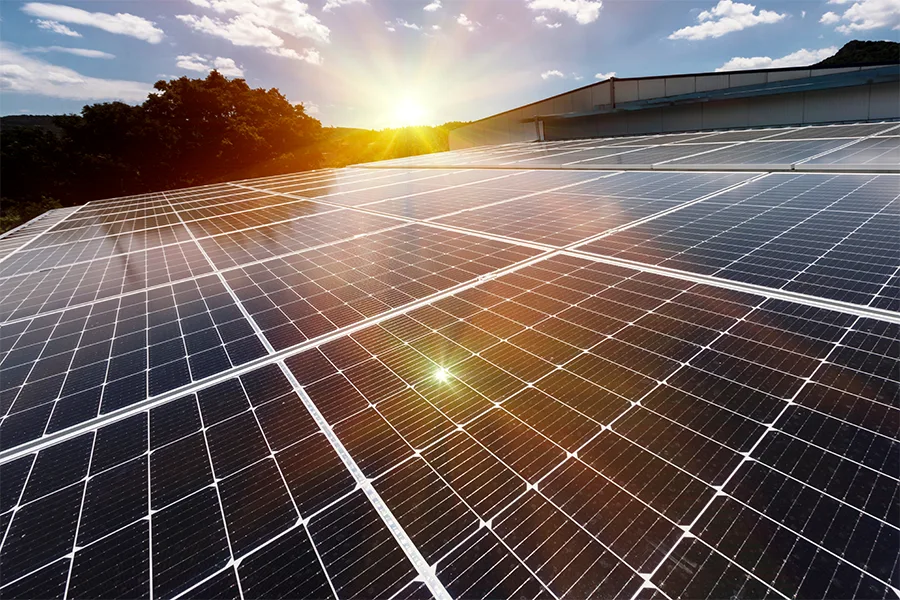From the beginning until now, solar energy has been known as one of the most popular and important sources of renewable energy in the world. Due to the stable growth and dynamics of energy needs throughout the world societies, significant improvements have been made in the technologies of production and utilization of solar energy. In human history, the story of the solar panel emerges as a story of scientific curiosity, technological advancement, and the pursuit of clean energy.
Solar panels, as one of the tools of this process, not only help to produce energy from renewable sources, but also lead to the reduction of environmental pollution and dependence on fossil fuel sources.
The contents you read
History of solar panel
It all began with early observations of ancient civilizations, which were surprised by the enormous power of the sun and its ability to cultivate life on Earth. In the 19th century, French scientist Edmond Becquerel went deeper into the phenomenon of photovoltaic effect. In 1839, he discovered that certain materials produce small electrical currents when exposed to light.
In the late 19th century, inventors such as Charles Fritts experimented with selenium and gold, a photoelectric material, to create the first true solar cells. Fritts coated a thin layer of selenium on the metal to produce electricity when exposed to light. However, these early solar cells were almost inefficient and their progress was slow.
The real breakthrough came in 1954 when three American scientists, Gerald Pearson, Daryl Chapin and Calvin Fuller, working at Bell Laboratories, invented the first practical and efficient silicon solar cell. After that, solar panels were widely used in spacecrafts and satellites, and they were also used in buildings, etc.
What is a solar panel?
A solar panel (solar module) is a device made of semiconductor materials. Energy is obtained from the release of the energy of sunlight photons on the surface of the panels and is provided to us in the form of electrical energy. When the solar panel is exposed to sunlight, it directs the released electrons to an electric current and produces electricity.
These processes are carried out by converting sunlight into electricity, which is called the photovoltaic effect. In fact, the photovoltaic effect is created only in semiconductors, which according to a special chemical process in the manufacture of solar panels, creates an electric current through the passage of light through these semiconductors. These semiconductors become very thin layers, which are the building blocks of solar cells, and the solar panel is also composed of these solar cells. The energy produced by these cells creates direct DC current. The material of the solar cells used in the solar panel is generally silicon alloys.
Categories of solar panels
Solar panels are divided into three general components based on innovation in manufacturing and production efficiency:
First generation solar panel
The solar panels of this generation do not have much flexibility and are made of pure silicon in the form of crystals, and they currently have the highest efficiency among commercialized solar panels and are divided into two main types;

Monocrystalline solar panel
This type of solar panel is made of single crystal and pure silicon, and its manufacturing technology is almost similar to hardware microprocessors, and it has a uniform appearance, and because of its homogeneous structure, it has higher efficiency and a longer life than other types of solar panels. Because these panels have a higher efficiency in converting light into energy, they can produce more energy in a smaller area. In addition to high efficiency, these panels have a beautiful and attractive appearance and can help to decorate the desired space and optimize renewable energy in different environments.
Polycrystalline solar panel
This panel is made of polycrystalline silicon and has a different manufacturing process, and due to the way they are manufactured, the purity of silicon is lower than monocrystalline solar panels, which has reduced the efficiency of such panels. Also, for this reason, these panels are cheaper than mono crystal panels.
Polycrystalline panels have a mosaic appearance so that different crystal structures can be seen on their surface, resulting in a less uniform appearance compared to the constant black color of monocrystalline panels. Polycrystalline panels are less efficient at converting sunlight into electricity, so they need a larger area to produce the same amount of electricity as monocrystalline panels.
Second generation solar panel
Second generation solar panels were created with the advent of thin film solar cells. Thin film solar panels, as the name suggests, are characterized by their very slim specifications. These cells have unique properties compared to first-generation solar panels, the most important of which are flexibility, low light power generation, low weight, better performance in unsuitable conditions and a more beautiful appearance.

They are made using a variety of semiconductor materials deposited in very thin layers on substrates such as glass, plastic, or metal. These layers are responsible for absorbing sunlight and converting it into electricity. The most common semiconductor materials used in thin film panels are cadmium telluride (CdTe), copper indium gallium selenide (CIGS) and amorphous silicon (a-Si).
Third generation solar panel
The third generation of solar panels is a significant leap in using the sun’s power to produce clean and sustainable energy. Building on the advances of previous generations, these advanced panels are designed to maximize efficiency, durability and versatility while minimizing costs and environmental impact.

The third generation of solar panels includes a variety of thin film technologies, although most of them are in the research or development stage and are often not commercialized. Some of them are made of organic materials and some of them are made of mineral materials (for example, CdTe material) to generate electricity. The third generation of solar panels represents a huge step towards achieving a sustainable energy future. These panels maximize energy absorption with features such as perovskite integration, transparency, and increased quantum dot efficiency.
Comparison of different generations of solar panels
First generation
Advantages
✓ As an older technology, they are readily available and more affordable.
✓ Acceptable efficiency with suitable energy production power
✓ Long life (more than 25 years) with long-term guarantees
✓ Regular and stable structure, which leads to high stability and reduced breakdowns
✓ Suitable for a variety of commercial applications
Disadvantages
× High size and weight, which can create installation limitations
× Loss of performance at high temperatures
× More limited design choices compared to newer generation panels
Second generation
Advantages
✓ Lighter weight and easier installation with the possibility of installation on different surfaces
✓ Better resistance to performance loss at high temperatures than the first generation
✓ Better performance in low light conditions and even if there is indirect light
✓ Greater flexibility in design and placement
Disadvantages
× Lower efficiency than the first generation panels
× Relatively higher price compared to the first generation
× Gradual reduction in efficiency over time
× Less useful life than first generation panels
× More likely to destroy in dry and hot environments
Third generation
Advantages
✓ High potential to improve efficiency in low light conditions
✓ Greater flexibility in design and installation
Disadvantages
× They’re still in the experimental stages and they’re not commercialized.
× High development and production costs compared to previous generations
× Long-term warranties are more difficult and have not yet been tested over a long period of time
Finally, to choose the best generation of solar panels, the best solution is to consider your needs, limitations, budget and goals and make the right choice and make an informed decision with the advice of experts in the field of solar energy.





